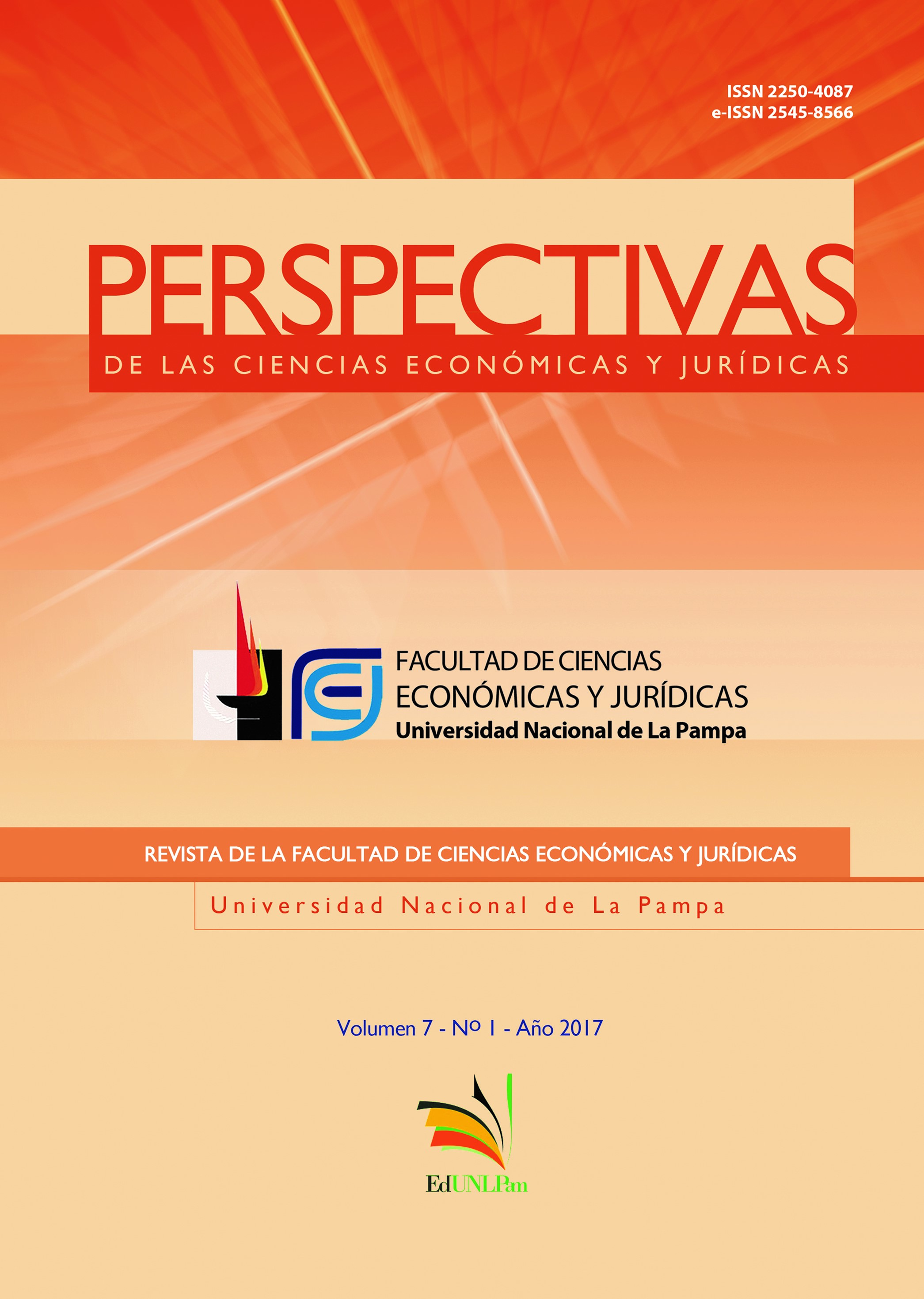THE EVOLUTION OF THE PENALTY IN THE PROVINCE OF LA PAMPA: FROM ORGANIZATION OF NATIONAL TERRITORIES TO PROVINCIAL AUTONOMY
DOI:
https://doi.org/10.19137/perspectivas-2017-v7n1a04Keywords:
Judicial Branch, La Pampa, Penal Law, history, evolution.Abstract
The history of the criminal jurisdiction of the Judiciary of La Pampa and the impact of social actors in their transformation, are issues that almost no academic studies at the provincial level.
Indeed, through a legislative compilation made, which began in 1884 and lasted until 2016, it was to make a historical reconstruction of the evolution of the provincial criminal courts; in turn, each of the structural and procedural changes that occurred over the years analyzed were related and contrasted with provincial, national and international historical events, so try to arrive at an explanation regarding the reasons why they were thereby giving rise.
In this way in the analysis quantitative changes were noted according to the structural increase immunity itself, and qualitative, that were intended to ensure efficient and actual response in key access to justice; recognition and respect of rights and constitutional guarantees and conventional; due process both defendants as victims; and, ultimately, greater efficiency in managing the conflict.
This article constitutes the first part of the work carried out and comprises from the territorial stage until the National Territory of La Pampa was transformed into an autonomous province.
Downloads
Downloads
Published
Issue
Section
License
Aquellos autores/as que tengan publicaciones con esta revista, aceptan los términos siguientes:- Los autores/as conservarán sus derechos de autor y garantizarán a la revista el derecho de primera publicación de su obra, el cuál estará simultáneamente sujeto a la Licencia de reconocimiento de Creative Commons que permite a terceros compartir la obra siempre que se indique su autor y su primera publicación esta revista.
- Los autores/as podrán adoptar otros acuerdos de licencia no exclusiva de distribución de la versión de la obra publicada (p. ej.: depositarla en un archivo telemático institucional o publicarla en un volumen monográfico) siempre que se indique la publicación inicial en esta revista.
- Se permite y recomienda a los autores/as difundir su obra a través de Internet (p. ej.: en archivos telemáticos institucionales o en su página web) antes y durante el proceso de envío, lo cual puede producir intercambios interesantes y aumentar las citas de la obra publicada. (Véase El efecto del acceso abierto).











.png)



5.jpg)












